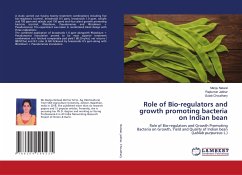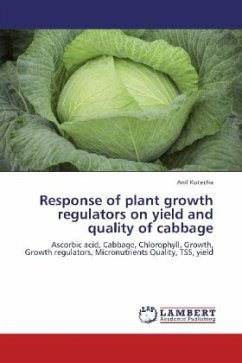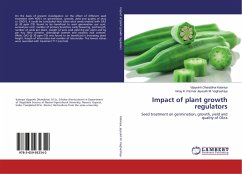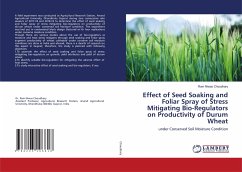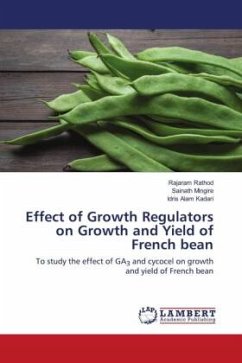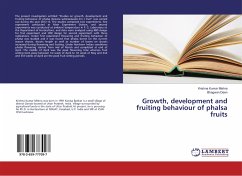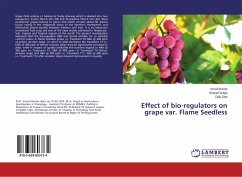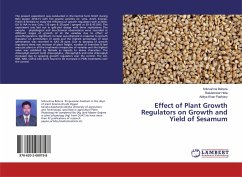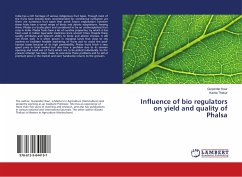
Influence of bio regulators on yield and quality of Phalsa
Versandkostenfrei!
Versandfertig in 6-10 Tagen
27,99 €
inkl. MwSt.

PAYBACK Punkte
14 °P sammeln!
India has a rich heritage of various indigenous fruit types. Though most of the fruits have already been recommended for commercial cultivation yet there are numerous fruit types that await future exploitation however these fruits have a varied range of biotic and abiotic adaptations. Among them, Phalsa is a bushy plant and considered to be an underexploited fruit crop in India. Phalsa fruits have a lot of curative properties, by which it has been used in Indian Ayurvedic medicines since ancient times. Despite these quality attributes and tolerant ability to biotic and abiotic stresses, it sti...
India has a rich heritage of various indigenous fruit types. Though most of the fruits have already been recommended for commercial cultivation yet there are numerous fruit types that await future exploitation however these fruits have a varied range of biotic and abiotic adaptations. Among them, Phalsa is a bushy plant and considered to be an underexploited fruit crop in India. Phalsa fruits have a lot of curative properties, by which it has been used in Indian Ayurvedic medicines since ancient times. Despite these quality attributes and tolerant ability to biotic and abiotic stresses, it still not thrive well. It is often grown in marginal lands that close to city markets to facilitate feasible marketing of fruits and to avoid the post-harvest losses because of its high perishability. Phalsa fruits fetch a very good price in local market but also face a problem due to its uneven ripening and small size of fruits which are to be picked individually. So the present attempt has been made to overcome these problems and to sell at premium price in the market and earn handsome returns to the growers.



